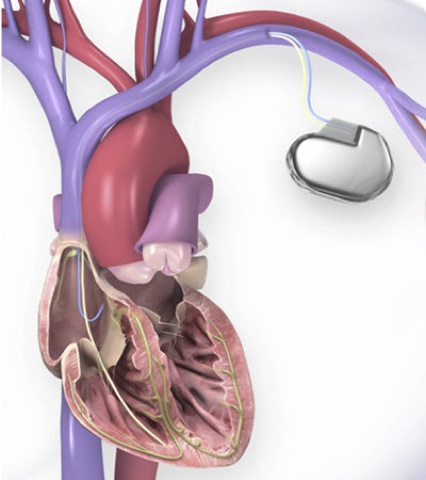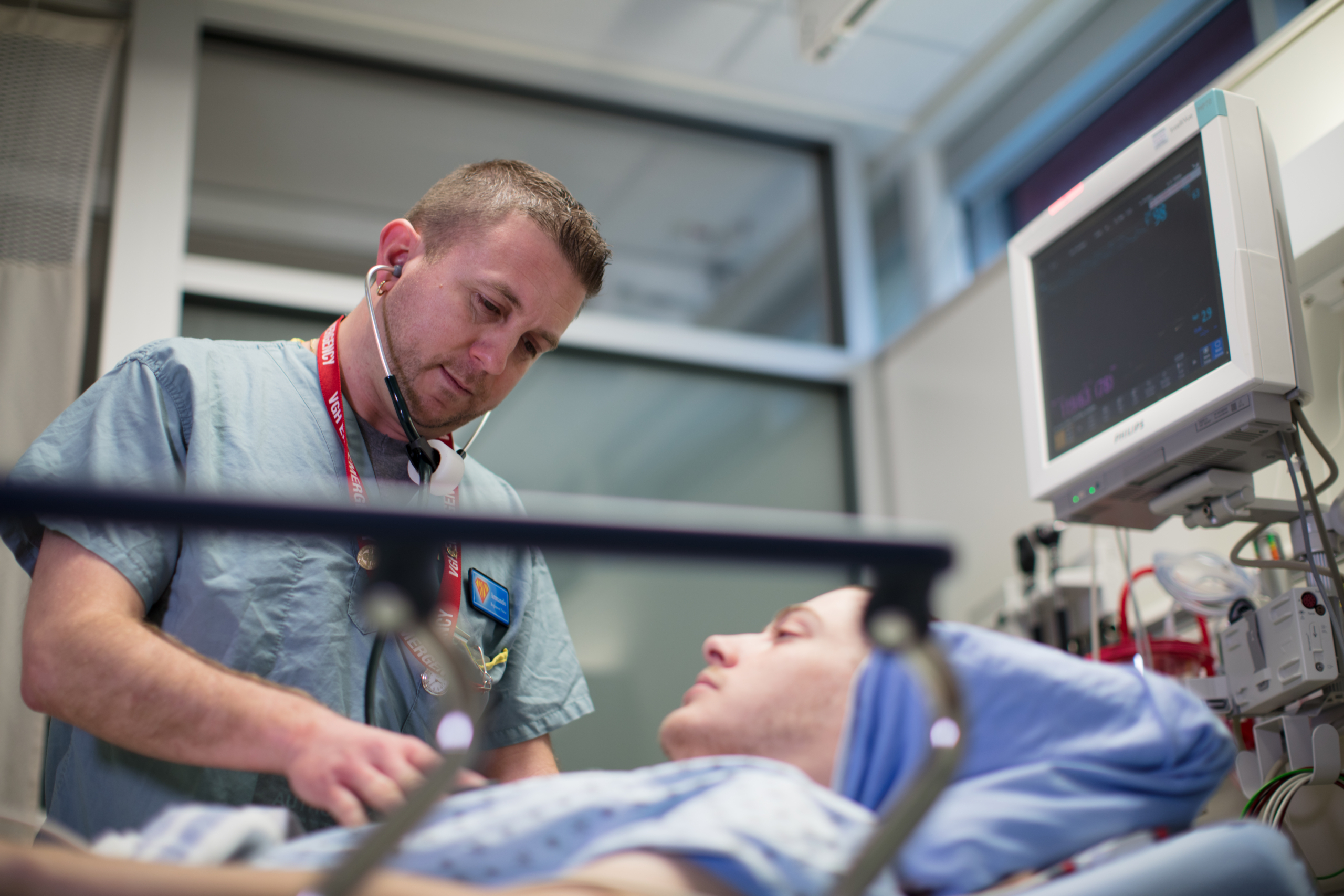Cardiac Care: Life-saving Accuracy for Arrhythmia Patients
Donor funding enables world-first advancements in care, right here on Vancouver Island
Vancouver Island’s senior population is steadily growing, with nearly one in four residents now over the age of 65. As this trend continues, the demand for efficient and effective healthcare services increases.
 Arrhythmia, or abnormal heart rhythm, is a very common heart condition, affecting thousands of Islanders. The condition is the result of a malfunction in the heart’s electrical system and can cause symptoms like palpitations or chest pain, and in severe cases, cardiac arrest or death.
Arrhythmia, or abnormal heart rhythm, is a very common heart condition, affecting thousands of Islanders. The condition is the result of a malfunction in the heart’s electrical system and can cause symptoms like palpitations or chest pain, and in severe cases, cardiac arrest or death.
While lifestyle modification and medication can help to treat arrhythmia, many emergency cases require the implantation of a temporary pacing wire (TPW). This device sends electric shocks to the heart to regulate heart rate. It serves as a stopgap until a long-term treatment plan or permanent pacemaker can be set in place. For emergency patients, the timely insertion of a TPW can mean the difference between life and death. Unfortunately, the main method currently being used is “blind” insertion: going through a central vein in hopes that the wire ends up in an acceptable, stable position in the heart.
Approximately 50% of TPW procedures performed in emergency settings result in a suboptimal location, which can cause life-threatening outcomes and fatality.
Dr. Markus Sikkel, Section Head of Electrophysiology at Island Health, and Dr. Josh Giles, Assistant Professor of Biomedical Engineering at UVic have launched a research team dedicated to providing safer and more accessible care for arrhythmia patients. The team is developing a first-in-the-world method for TPW insertion using a 3D imaging technique known as electro-anatomical mapping. Their goal is to create a low-cost, portable system that can be used to visualize a patient’s anatomy for accurate emergency wire placement, without needing to be in an operating room. This innovation may be especially important in more rural settings, as patients in up-island locations frequently need to be stabilized with temporary pacing wires before being transferred to Victoria or Nanaimo for treatment with permanent pacemakers.
Your support helps advance leading-edge research like this. Together, we can transform lives for cardiac patients up and down our Island, and beyond.





